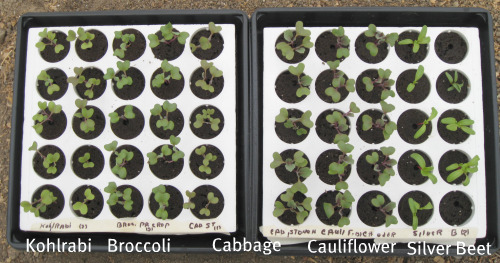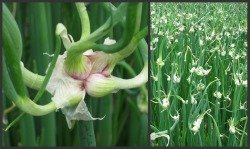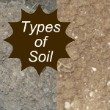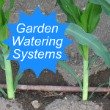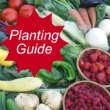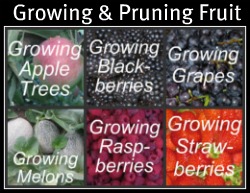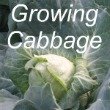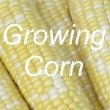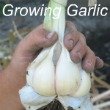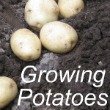|
Growing Cabbage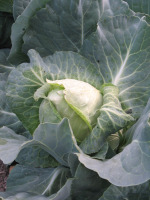
Growing cabbage, broccoli, and cauliflower have a lot of similarities. They are cool weather plants. Cabbage is an easy crop to grow. When I was growing up, we would harvest the cabbage and make sauerkraut. We would add little pieces of sausage or hotdogs to it. I really enjoyed it. Cabbage is in the cruciferous vegetable family, so it is high in DIM (diindolylmethane). DIM is known to help prevent cancer and also aids in estrogen metabolism for both men and women. It is a valuable addition to a healthy diet. Planting Cabbage
Cabbage seeds can be planted in the garden in the spring and fall. If you want to give the cabbage plants a head start in the spring, start them inside. Plant the seeds indoors about 6 weeks before you want to transplant the seedlings into the garden. See Vegetable Planting Guide. Starting Plants IndoorsPlant the cabbage seeds in a row. You can make your own starting soil by mixing: 1/3 part large Vermiculite, 1/3 part Perlite, and 1/3 part Sphagnum Peat Moss. The cabbage seeds will germinate in just a few days. Keep the soil moist. After the seeds germinate and the plants begin to grow, keep them under a good grow light. This will keep the growing cabbage plants from getting spindly. When the cabbage plants are about 2 inches tall they should be transplanted into little individual pots. The growing soil can be made by mixing: ¼ part Peat Moss, ¼ part large Vermiculite, ¼ part Perlite, and ¼ part composted ground bark. To keep the plants growing vigorously in the house, put them under grow lights or transfer them to a portable hot house / little green house. We’ll show you how to do this on the starting seeds indoors page. Some of the recommended cabbage varieties for the mountain west are: Golden acre 84, Emerald acre, Ruby Ball Hybrid, and Stonehead (this variety is resistant to the head breaking open). Transplanting the Cabbage into the Garden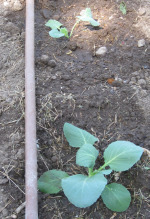
In the early spring, plant the cabbages into good
loamy soil.
Till the soil. Add 16-16-16 fertilizer to the soil. Plant the cabbages 3-4 weeks before the frost-free date in your area.
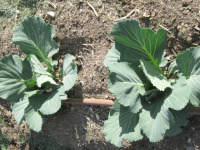
Keep them well watered. Remove the weeds so that the cabbage plants don’t have to compete for water, light, air, and space. As the growing cabbage head gets large, in some varieties the head will break open. If this occurs you can turn the whole plant 90 degrees while it’s still in the ground. This breaks off some of the roots and stops the main growth. The cabbage will stay fresh without continuing to grow. Fall Crop of CabbageIn the fall you can plant the cabbage seeds directly into the garden. After the seeds germinate and begin to grow, thin them so the growing cabbage has enough room to grow. Plant your fall crop of cabbage at least 70 days before the weather gets too cold. (Check the maturity date for your specific variety of cabbage.) Storing CabbageYou can store fresh heads of cabbage for a short period of time by placing them in the refrigerator or in a cool root cellar. Don’t wrap them in a closed bag, or they will mold. Another way to store your cabbage is to make sauerkraut as the German people do. After the kraut is made, it can be canned for long-term storage. Don’t plant too many cabbage plants unless you have a large family. One large cabbage goes a long way. Enjoy! Return To: |





